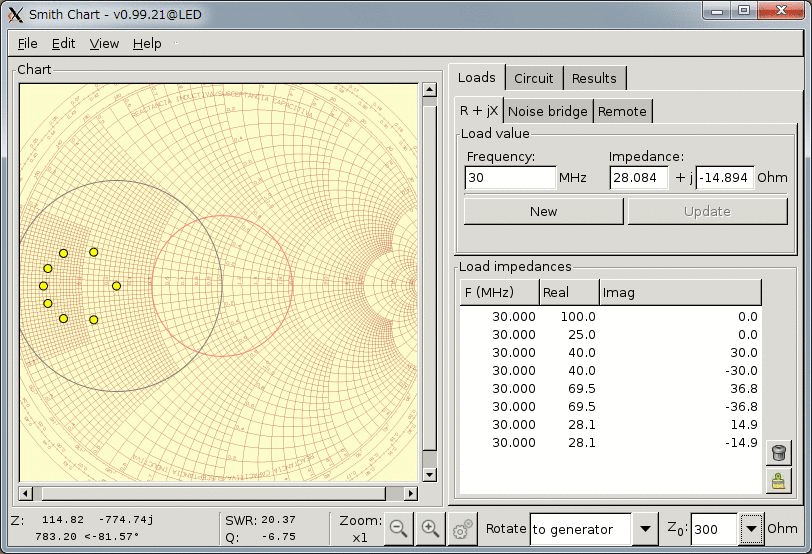
Where are the centers of these two green circles? Are they concentric?
Noting that the input impedance, Zin, of a quarter-wave line, the characteristic impedance of which being Z0, is given by Zin=Z0^2/ZL, and let ZL=1/2 or 2 (normalized to the system impedance of 50 [ohm]), and also let Z0=sqrt(2), then you will have Zin=4 or 1.
Therefore, the centers of the circles on a complex reflection coefficient (gamma or “g” in short) plane, or on a Smith Chart, are:
g(z):=(z-1)/(z+1);
(g(1)+g(2))/2=(0+1/3)/2=1/6=0.167
(g(1/2)+g(4))/2=(-1/3+3/5)/2=2/15=0.133
So the circles are NOT concentric because 1/6 and 2/15 differ each other.

This is more evident in the case Z0=150 (or 3 if normalized). In this case, let ZL=1/2 or 2 again, then Zin=18 or 9/2, and the centers of the circles are:
(g(2)+g(9/2))/2=(1/3+7/11)/2=16/33=0.485
(g(1/2)+g(18))/2=(-1/3+17/19)/2=16/57=0.281
You can see easily that the two green circles are not concentric.
















